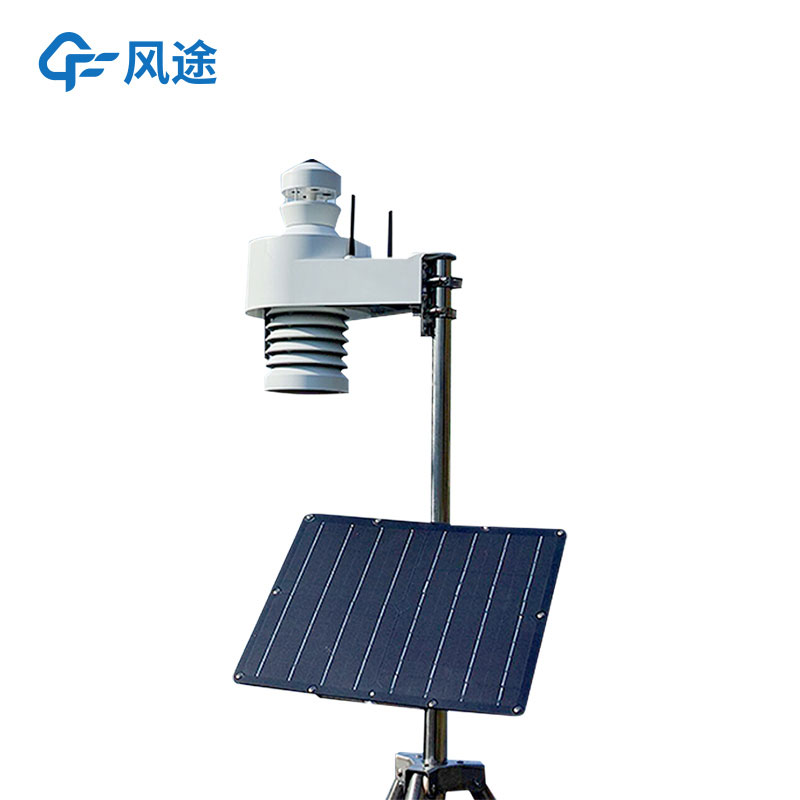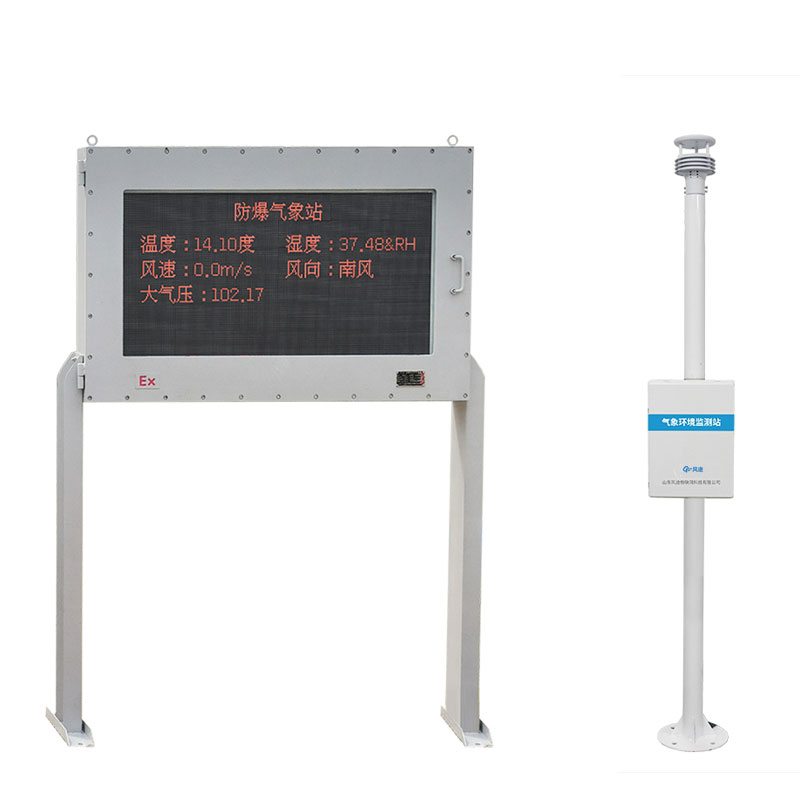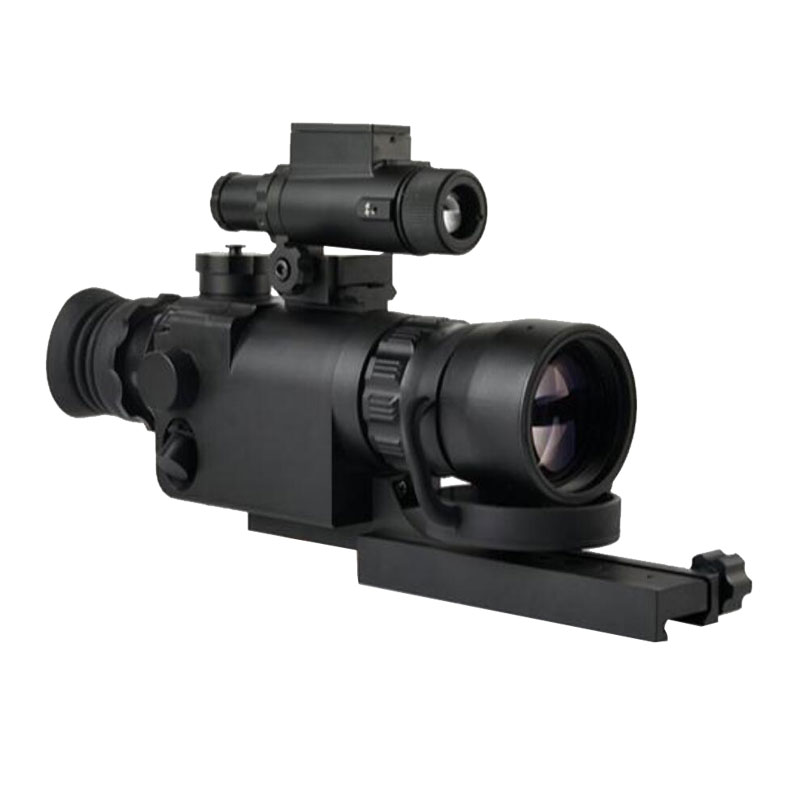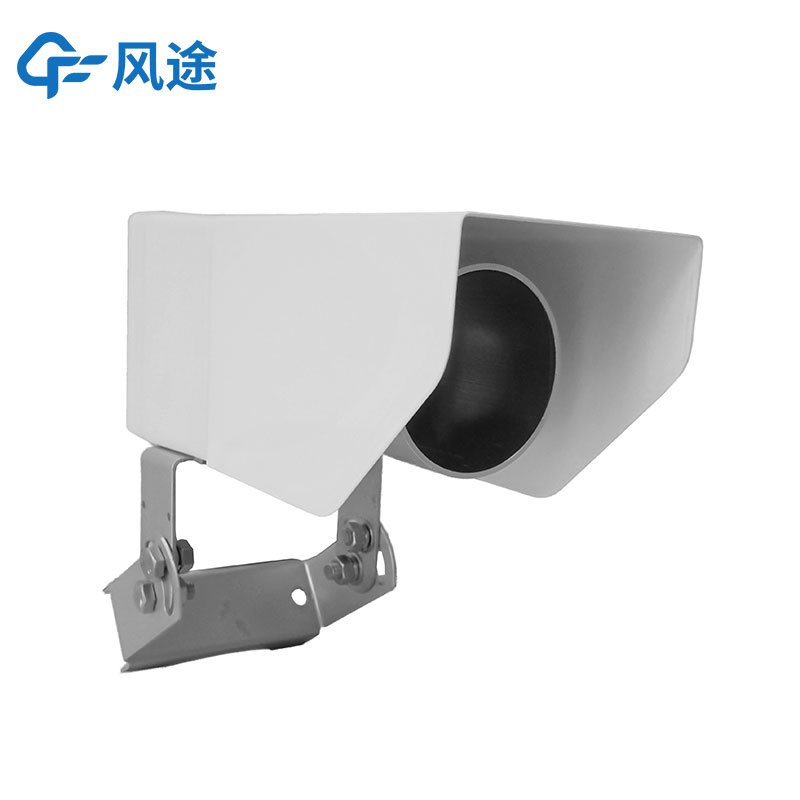Product
Recommended article
- One - Stop Dust Monitoring Solution
- How Forestry Weather Stations Bolster Forest Fire Prevention Efforts
- Discover the Power of Negative Oxygen Ion Monitoring System for Cleaner Air
- Comparative Analysis of Ultrasonic and Automatic Weather Stations in Meteorological Monitoring
- Breaking Through the ‘Last Meter’ with Online Dust Monitoring System
- Mastering Road Conditions with Road Weather Station
Contact us
Shandong Fengtu IOT Technology Co., Ltd
Sales Manager:Ms. Emily Wang
Cel,Whatsapp,Wechat:+86 15898932201
Email:info@fengtutec.com
Add:No. 155 Optoelectronic Industry Accelerator, Gaoxin District, Weifang, Shandong, China
Photovoltaic weather stations optimize power generation efficiency
Article source:Weather station time:2024-08-09 08:57:14 viewed:31times
The efficacy of PV power generation systems is affected by a variety of meteorological factors, including temperature, humidity, wind speed, wind direction, air pressure and solar radiation. In order to optimize the efficiency of photovoltaic power generation, these factors need to be monitored and managed in real time to achieve automated and unmanned intelligent operation and maintenance.
Based on this demand, Fengtu Technology has launched a product - "PV Weather Station". This weather station is specially designed for PV power generation system, which can monitor the key meteorological parameters affecting power generation efficiency in real time. Through accurate data collection and intelligent analysis, it helps to improve the operational efficiency of PV power plants, reduce maintenance costs, and realize remote management and monitoring of data.
The system, which integrates a variety of high-precision digital sensors, is able to accurately and rapidly measure key meteorological parameters such as temperature, humidity, wind speed, wind direction, air pressure and solar radiation. The system's internal signal processing unit can provide customized signal outputs according to specific user requirements.
The system is designed to be flexible and can be optionally equipped with other types of sensors such as light, PM2.5, PM10, etc. as required to meet a wider range of monitoring needs. In terms of structural design, it adopts high-strength materials to ensure stable operation even under extreme climatic conditions.
The system has advanced wireless network communication capability, equipped with a wireless communication module that enables the layout and data collection of remote monitoring points or real-time data monitoring at different locations via wireless LAN. This wireless connection breaks the limitation of distance, making data transmission more flexible and convenient.
A wireless communication port is installed at each weather monitoring point, and these ports transmit the collected weather data to the weather center monitoring station. The master computer at the central station is responsible for centralized monitoring and management of data from all monitoring points, thus realizing the integration and statistical analysis of data within the whole monitoring network.
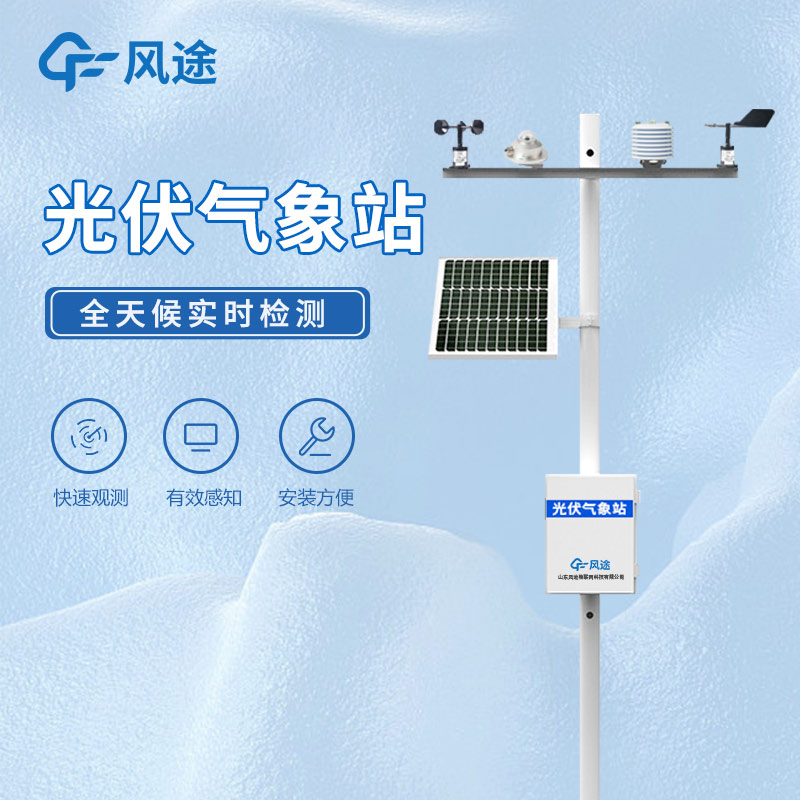
This paper addresses:https://www.yf182.com/industry/466.html
Related products
Related article
-
ntroduction to the Forest Fire Monitoring System
2024-05-23 -
How can seedling monitoring stations assist in optimising cereal management techniques?
2024-05-31 -
How to select sensors for four-element automatic weather stations?
2024-07-08 -
What are the advantages of the 12 metre manual pre-dischargeable lightning rod?
2024-05-28 -
Fengtu Negative Oxygen Ion Monitoring Station
2024-08-30 -
How Photovoltaic Solar Environmental Monitoring System Empowers Fishery-Photovoltaic Complementation
2024-12-16 -
Integrating Safety and Efficiency: The Road Weather Station for Traffic Management
2024-09-12 -
Small Intelligent Weather Station Manufacturer Recommendation
2024-05-11


